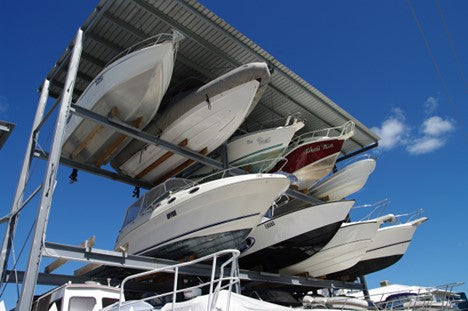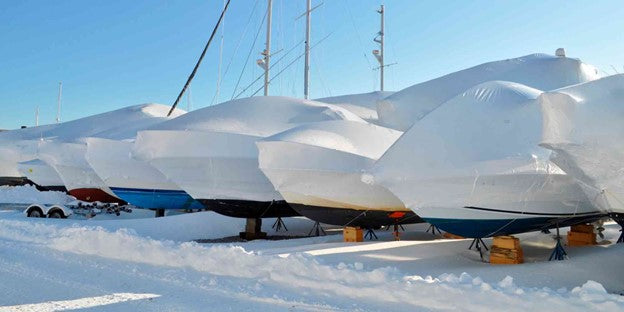
Let us at Boat & RV Accessories help you learn how to properly winterize your boat.
We're sorry - we should have given you a trigger warning before writing that last sentence, especially its final three words. They likely flooded you with some sadness and regret, because it means you have to think about a period of a few months where you can't go boating.
Unfortunately, some of our nation's most beautiful lakes are located in states where the temperatures stay low enough for a proper winter, and boating when the weather is too cold is not only not fun, but also dangerous. Like we said, our apologies for reminding you of this.
But failing to winterize your boat properly may cause damage over the season that renders your boat unable to get back on the water once spring gets close. Winterizing is unpleasant, but it's also smart and responsible. So let's get to it.
Biggest enemy: Water
This is a job that needs to be done before freezing temperatures arrive, because water is the biggest danger your boat will face over these next few months off the water. In a nutshell, winterizing your boat is a process of eliminating any lingering water, and preventing any more from getting in.
Freeze damage is the biggest threat, of course, but you're also fighting against mold and mildew, as well as corrosion. This is especially important if your dry storage involves covering the boat and keeping it outdoors.
So that means you'll most likely need to get her out of the water for the season. Leaving your craft in the water through winter is possible, but requires some specialized equipment and a lot of attention. Most boat owners will want to haul that craft into dry storage of some sort, and cleaning all the water is pretty easy to do at home.
We'll go system by system:
Engine
Make sure that all water has been drained, flushed or otherwise eliminated from your engine. Once that is done, time for some corrosion protection to be applied. Your owner's manual should have a step-by-step process available, and may even discuss fogging.
Fuel system
This is the time to use a fuel-stabilizing additive. Follow the instructions of the product you use. This is also an excellent time to change the engine's fuel filters and any fuel/water separators your system depends on.
Plumbing systems
Look around for sinks, toilets, holding tanks, anything that holds water. Drain them completely. In some cases, you can add antifreeze into these systems for extra protection, but consult your owner's manual before dumping it in.
Anything else that can hold water
Keyword here: "Can." Some parts of your boat are intended to hold water, such as raw water washdowns, bilge pumps and the like. Find all of those spots, drain them and ensure they will remain watertight.

Store it or cover it
Once you're done, your boat is ready for storage. If you have a storage facility available, perfect. You may have to store it outside, however. If you do, make sure the boat is properly covered and ventilated to keep out moisture.
For more than a decade we have worked with the boating industry's best brands to offer replacement parts and maintenance tools at low prices. Contact our experts today and we'll help you find what you need, so that you can plan for your next adventure.

